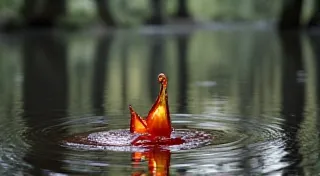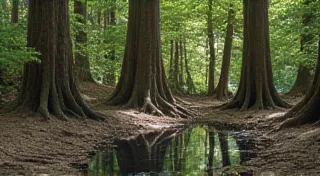Fractured Light: Reconstructing Narrative from Dispersed Elements
The scent of damp paper and aged varnish always transports me. It’s a peculiar olfactory portal, whisking me away from the sterile present to the hushed workshops of artisans long past. I'm thinking, specifically, of paper marbling. It’s a process so elegantly chaotic, so delightfully unpredictable, that it feels less like craft and more like witnessing the whispered secrets of water and pigment. And, intriguingly, it mirrors another passion of mine – the restoration and appreciation of antique accordions. Both, in their own way, involve gathering fragments and rebuilding a whole, a narrative pieced together from dispersal.
Paper marbling, or ebru as it's known in Turkey where its history runs deep, isn't a simple matter of dropping paint onto paper. It's a ritual, a dance between control and surrender. Traditionally, a thickened size (a mixture of seaweed, glue, and water) is spread evenly across the surface of a trough of water. This size acts as a floating platform, holding the pigments suspended just below the surface. Then, carefully selected paints – often natural dyes derived from plants, minerals, and insects – are dripped, swirled, and combed across the surface. The results are mesmerizing: swirling patterns that resemble galaxies, flowing rivers, or the abstract landscapes of dreams. No two marbling patterns are ever alike; each one is a unique accident, a fleeting moment captured in paper.
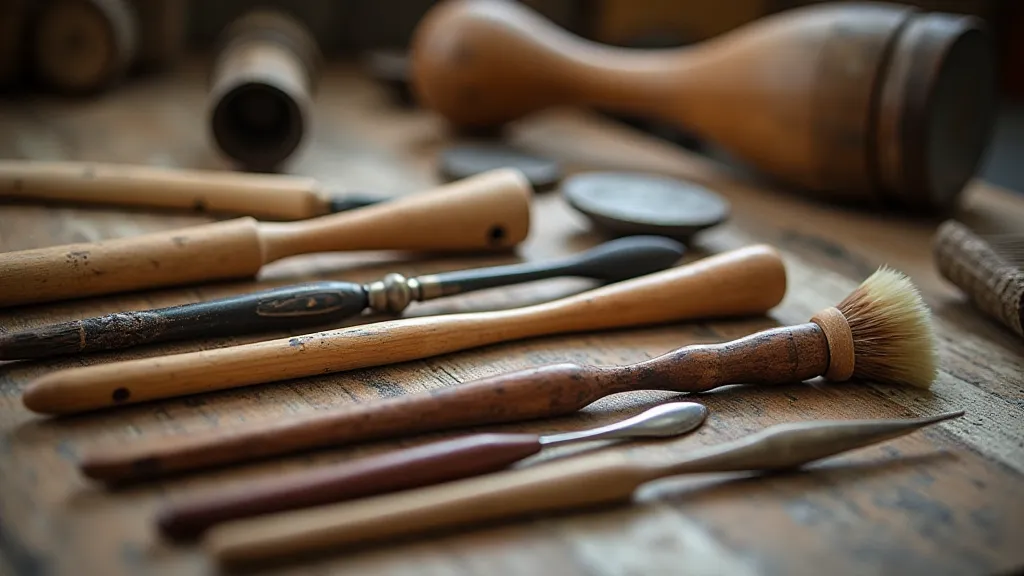
The Echo of History
The history of paper marbling is intertwined with cultural exchange and artistic innovation. While its roots can be traced back to ancient civilizations – examples of patterned paper have been found in Egypt and Persia – the modern techniques we recognize today largely developed in Europe during the 16th and 17th centuries. Turkish merchants traveling to Venice and other Italian cities introduced the art form, where it quickly gained popularity among bookbinders and artists. The intricate designs, often used to adorn the endpapers of illuminated manuscripts and the covers of precious books, became a symbol of wealth and refinement.
My grandfather, a skilled clockmaker, fostered my early fascination with both paper marbling and antique instruments. He’s the one who introduced me to the idea of “reconstruction.” Not merely of broken mechanisms, but of lost stories. He’s the one who’s accordions – silent, forgotten relics – first captivated me. To hold one is to hold a history: the dance hall laughter, the romantic melodies, the journey across continents. These instruments have endured so much, silently witnessing the passage of time. And, like marbling patterns, they often appear fragmented; keys missing, bellows torn, ornamentation lost.
Restoring an accordion isn’t as straightforward as simply replacing parts. It’s about understanding the original craft, the materials used, the maker’s intentions. It’s a forensic examination of artistry, a careful puzzle assembled from scattered clues. Sometimes, a key is replaced. Other times, a piece of ornamentation is painstakingly recreated. It's a slow, deliberate process, driven by a profound respect for the instrument’s heritage. A broken accordion, much like a marbled sheet of paper, speaks volumes, but its language must be deciphered.
The Art of Dispersal
The beauty of paper marbling, and the challenge in its creation, lies in its inherent lack of control. You cannot dictate the final pattern. You can guide the colors, manipulate the surface tension, and employ specific techniques – combed patterns, raked designs, dropped patterns – but the true magic happens in the unpredictable interplay of the pigments. It's a reminder that beauty doesn't always come from perfection or precise execution. Sometimes, it arises from the unexpected, the accidental, the seemingly random.
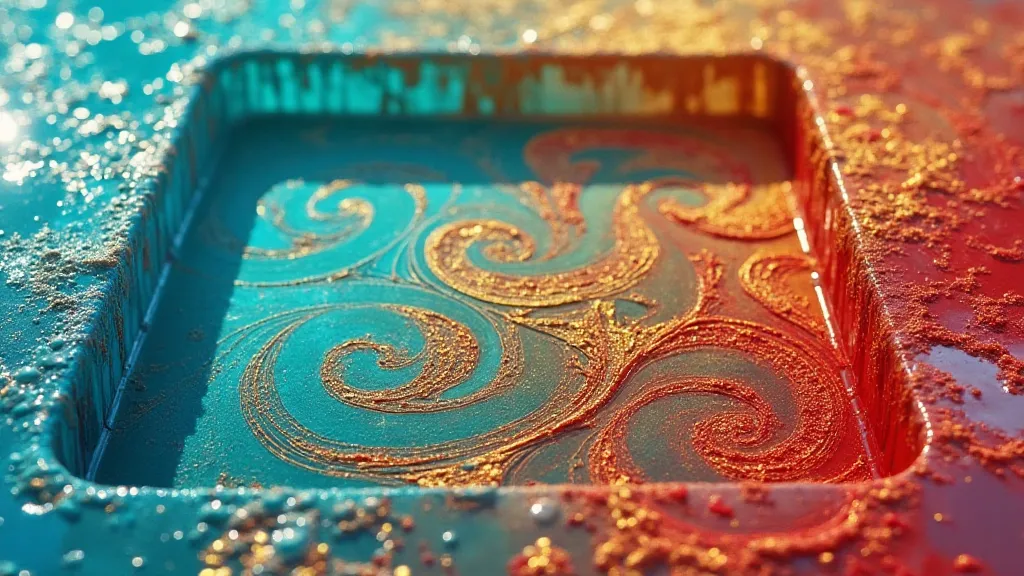
This parallels, strikingly, the experience of collecting and restoring antique accordions. You’re often dealing with broken pieces, missing parts, and faded memories. You must reconstruct the narrative not just of the instrument itself, but of its past lives. You’re essentially piecing together a story from fragments, filling in the gaps with educated guesses and historical context. Just as the marbling artist accepts the inherent unpredictability of the process, the accordion restorer must embrace the imperfections and the unknown. The true beauty emerges not from a pristine reconstruction, but from the echoes of what once was, preserved in the tangible form of the restored instrument.
Finding Resonance
Both paper marbling and accordion restoration offer a profound sense of connection to the past. They invite us to slow down, to observe with intention, and to appreciate the beauty of handcrafted objects. They teach us that imperfection is not a flaw, but a testament to the human touch, a reminder that every object has a story to tell. They whisper of a time when artistry was valued, when craftsmanship was revered, and when objects were made to last.
The process of creating a marbled paper is an act of letting go. It's about surrendering to the moment, allowing the colors to blend and swirl in their own way. It’s a meditative practice, a quiet conversation between the artist and the elements. Similarly, restoring an accordion isn't about imposing a new identity; it's about uncovering the original voice, allowing the instrument to sing again. It's about recognizing the resonance between past and present, and appreciating the enduring power of human creativity.
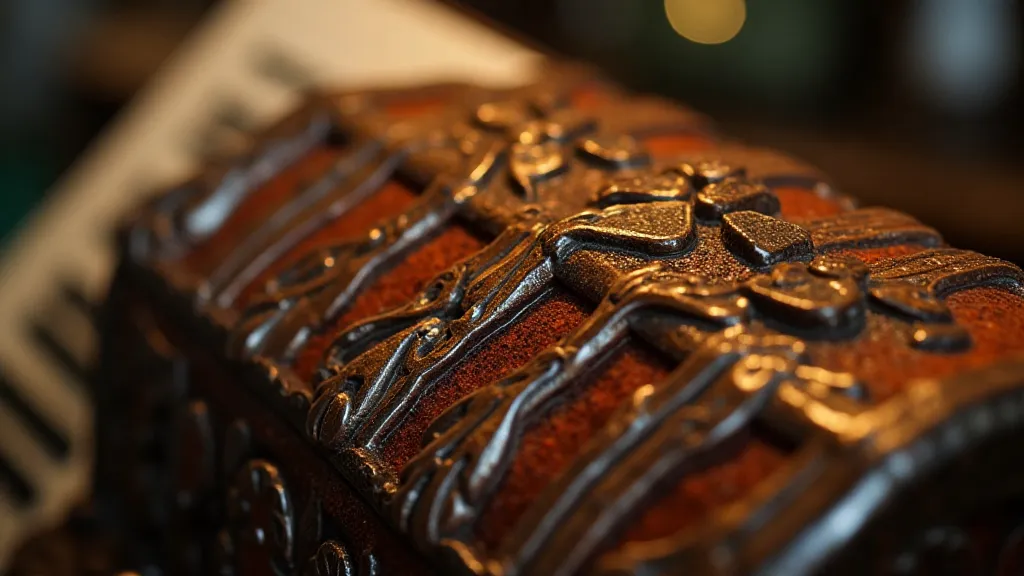
Perhaps that’s why these two seemingly disparate arts feel so interconnected to me – they represent a shared philosophy, a deep respect for the past, and a profound appreciation for the beauty of fractured light, artfully reconstructed.


